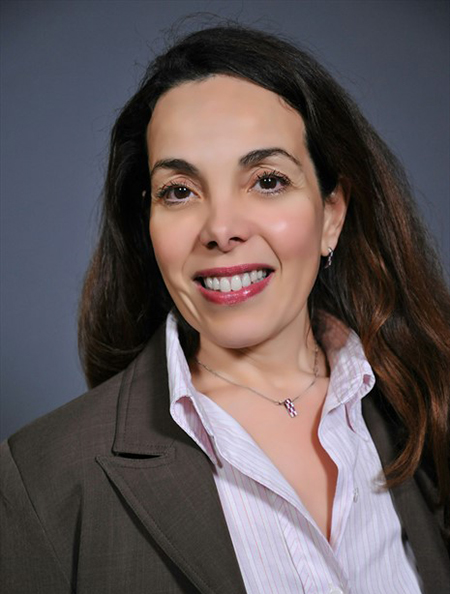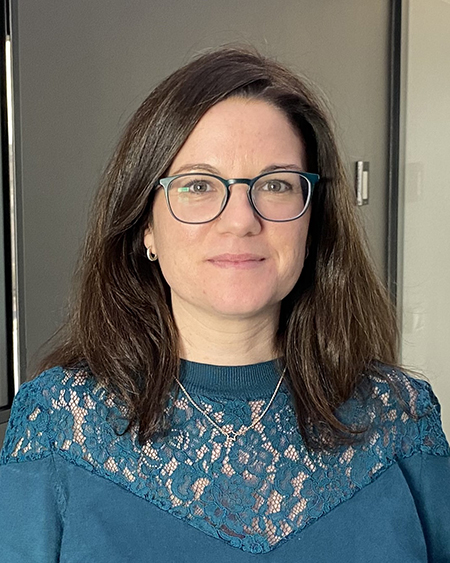Mind the gap: why gender equality in air traffic management matters
To mark International Women’s Day, the SESAR Joint Undertaking looks at gender diversity in aviation, the unique perspective women bring to the air traffic management arena, and what can be done to bridge the gender gap.
According to the latest data from the International Civil Aviation Organization (ICAO), 4.9% of all pilots, air traffic controllers, and maintenance technicians are women.
While this represents a slight increase since 2016, it is well below the gender equality mark set by other professions in the Science, Technology, Engineering and Mathematics (STEM) arena. For example, UNESCO estimates that 44% of medical doctors, 33% of astronauts, 29% of scientists, and 21% of engineers are women.
When we zoom in on air traffic management (ATM), the picture becomes a bit brighter, with ICAO noting that women comprise 20.6% of air traffic controllers globally and 21.4% in Europe.
Within the broader ATM female cohort is Vanessa Rullier-Francaud, Senior Manager, ATM and New Technologies at ASD, the European Aerospace, Security and Defence association. Prior to joining ASD, Vanessa served as Senior Manager ATM and Special Projects at the European Business Aviation Association (EBAA).
Vanessa stresses the need to increase diversity in sectors, where women are underrepresented. “By creating a mix of personalities, profiles, cultures, ideas, and competences, diversity brings new strengths to an organisation and can help boost innovation,” she says. “This in turn attracts new talent and helps encourage skilled females to apply for jobs.”
This last point is particularly critical in light of the skills gap the industry is currently facing. “Because the percentage of women is already low, there is a real opportunity for aviation to address the talent shortage by increasing diversity,” adds Vanessa.
The challenge is making aviation – and ATM in particular – more attractive to women. “While there is no ‘miracle solution’, a good place to start is to increase communication with women about what makes aviation such an exciting and fulfilling industry to work in,” notes Vanessa.
Gender diversity helps foster innovation
On this note, the industry is taking concrete steps to address its gender gap, with ICAO passing a resolution in 2016 to promote the participation of women in global aviation. The International Air Transport Association (IATA) also launched its 25by25 initiative, which aims to increase female representation in senior roles and in areas where women are historically underrepresented in aviation.
But of course, there’s still much more to be done.

“At the end of the day, ATM is very much a male-dominated sector, which creates unique challenges for women working in the industry – from a lack of female role models to latent discrimination and workplaces not fully adapted to female needs, such as those used for plane maintenance,” says Aurelie Aurilla Arntzen, a professor of systems engineering at the University of South-Eastern Norway and future licensed private pilot.
Aurelie is also one of the 351 female researchers working on the Digital European Sky programme, representing just over 26 per cent of the total SESAR innovation workforce and one fifth of the project coordinators. As the coordinator of the AI4HyDrop project (developing artificial intelligence to support automated U-space services) she gives a distinct perspective on the important role that gender diversity plays in fostering innovation.
Innovation in ATM is about creating new and improved technologies and systems – and this starts with bringing a diverse set of ideas and perspectives to the table, she says. “The problem is that the system engineering processes, especially user requirements, tend to be male-centric, with the female perspective being added retrospectively, meaning devices or systems are adapted for female needs only at a later stage,” she explains.
But women not only have a different physical perspective, they also have a different way of thinking and working. Bringing this unique female perspective into the design of new systems and technologies could be the key to unlocking innovative new approaches to solving some of ATM’s biggest challenges.
“By taking a holistic approach to system engineering – one that includes gender diversity from the very beginning – we can design new and improved products, processes, and services that will not only increase the competitiveness of the business but, most importantly, will help enhance air traffic safety,” adds Aurelie.
Helping women bring their unique perspective to the ATM table

This sentiment is shared by Eva María Puntero Parla, project manager at CRIDA A.I.E., the research centre for ENAIRE, the Spanish Air Navigation Service Provider (ANSP) – a role that sees her managing the SESAR JU SMARTS project. “Diversity in any field is always an asset, one that generates creative, out-of-the-box ideas that can advance innovation,” she says.
For Eva, women bring a unique skill-set to the table, including empathy and communication – all of which are crucial for successful team collaboration and problem solving. “We are particularly good at collaborative conflict resolution and leadership, seeking solutions that benefit all parties involved and fostering an inclusive work environment,” she adds.
To any young female considering a career in ATM, Eva recommends preparing by focusing not just on the technical aspects, but also on cultivating such essential skills as team building, problem-solving and strategic thinking. “These skills will contribute to your own personal growth and to your ability to effectively navigate the complexities of the industry,” she explains.
“Mentoring at all levels is essential to success,” adds Aurelie. “We need to create a network of female ATM professionals focused on supporting each other, encouraging other females to pursue a career in aviation, and ensuring that gender diversity is always at the centre of design and operation of all ATM systems.”
For her part, Vanessa encourages young females to seek the advice and support of a female mentor within the industry. “Surround yourself with good female friends and role models and never stop learning from each other,” she concludes.


.jpg)




.png)

Comments
There are no comments yet for this item
Join the discussion